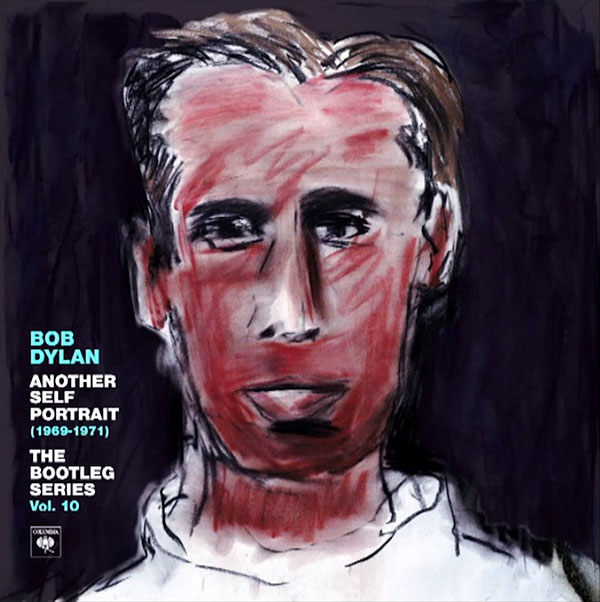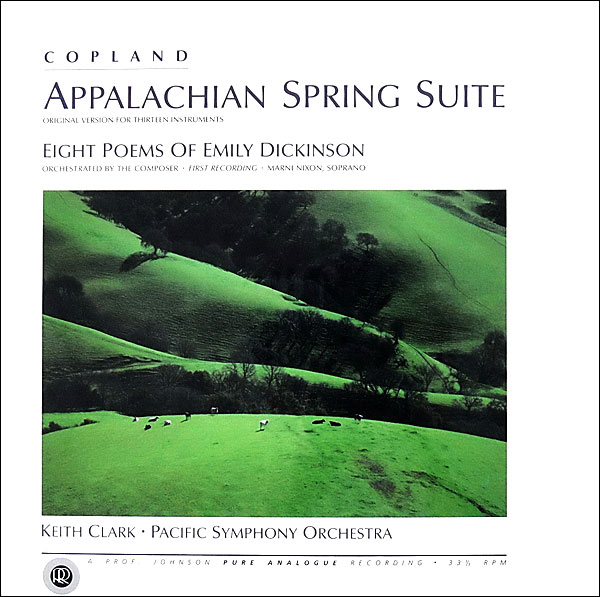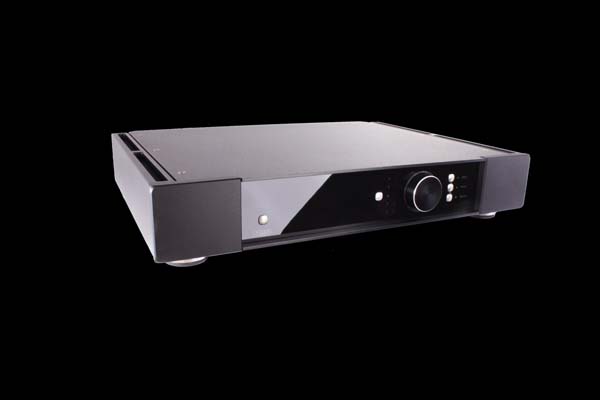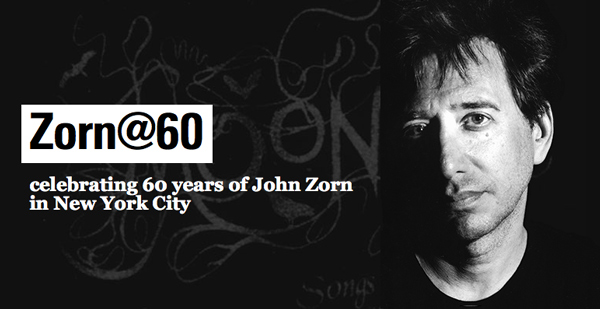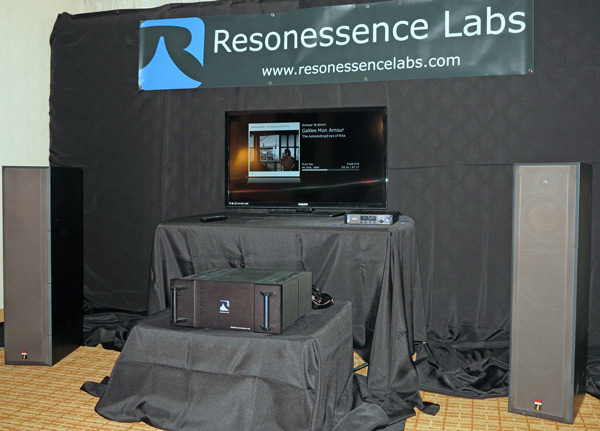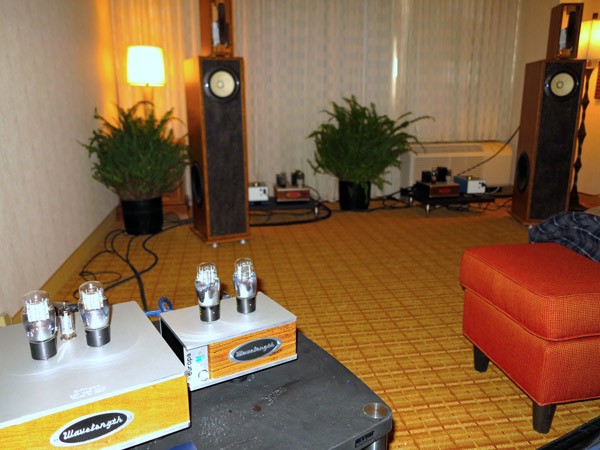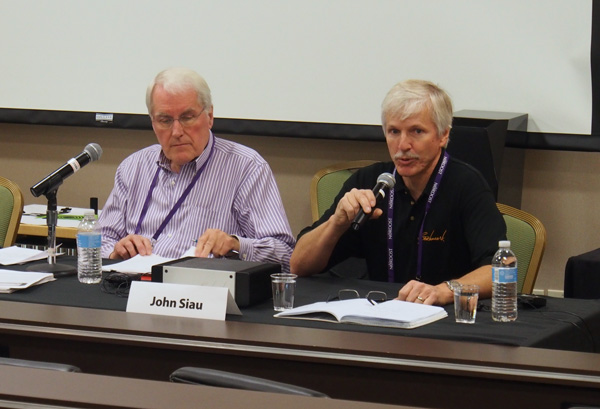Recording of November 2013: Another Self Portrait (1969–1971)
Columbia/Legacy 88883 73488 2 (4 CDs). 2013. Bob Johnston, Al Kooper, orig. prods.; Neil Wilburn, Don Puluse, Glyn Johns, orig. engs.; Elliot Mazer, Glyn Johns (Isle of Wight disc); Jeff Rosen, Steve Berkowitz, prods.; Greg Calbi, mastering. AAD? TT: 4:06:32
Performance ****½
Sonics ****½
It wasn't until I'd read Michael Metzger's write-up of Self Portrait in "Records To Die For" (Stereophile, February 2002) that I was prompted to revisit Bob Dylan's once-critically-scoffed-at musical enigma from 1970. Sandwiched between the new country of 1969's Nashville Skyline and the decidedly folkier New Morning from late 1970, the two LPs of the original Self Portrait sounded like the work of an artist, albeit one still in his late 20s, wanting to unplug from the world and his already staggering body of work. With its quirky cover versions and unfocused song selection, it left plenty of fans scratching their heads.

